How many amps for a circuit with a toaster oven and microwave ov?
swampwiz
14 years ago
Featured Answer
Comments (9)
swampwiz
14 years agosbcichocki
14 years agoRelated Professionals
Euclid Kitchen & Bathroom Designers · Georgetown Kitchen & Bathroom Designers · White House Kitchen & Bathroom Designers · Covington Kitchen & Bathroom Designers · Elk Grove Village Kitchen & Bathroom Remodelers · Emeryville Kitchen & Bathroom Remodelers · Omaha Kitchen & Bathroom Remodelers · South Lake Tahoe Kitchen & Bathroom Remodelers · South Jordan Kitchen & Bathroom Remodelers · Black Forest Cabinets & Cabinetry · Richardson Cabinets & Cabinetry · Milford Mill Cabinets & Cabinetry · Wells Branch Cabinets & Cabinetry · Chattanooga Tile and Stone Contractors · Rancho Mirage Tile and Stone Contractorslive_wire_oak
14 years agolexluthor
14 years ago2ajsmama
14 years agodavidro1
14 years agolive_wire_oak
14 years agoyesdear
14 years ago
Related Stories
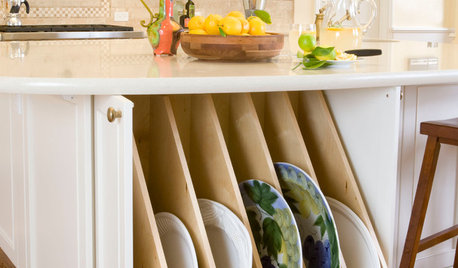
KITCHEN DESIGNKitchen Confidential: Amp Up Your Storage With Pullouts
See 12 types of cabinet pullouts that make your cooking and cleaning items easier to find and use
Full Story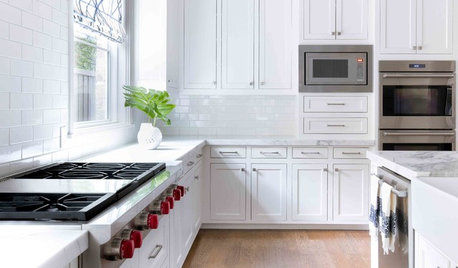
KITCHEN APPLIANCES9 Places to Put the Microwave in Your Kitchen
See the pros and cons of locating your microwave above, below and beyond the counter
Full Story
HOUSEKEEPINGHow to Clean Your Range and Oven
Experts serve up advice on caring for these kitchen appliances, which work extra hard during the holidays
Full Story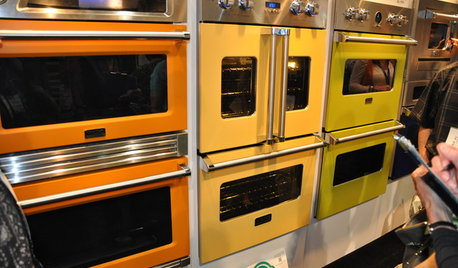
KITCHEN DESIGNStandouts From the 2014 Kitchen & Bath Industry Show
Check out the latest and greatest in sinks, ovens, countertop materials and more
Full Story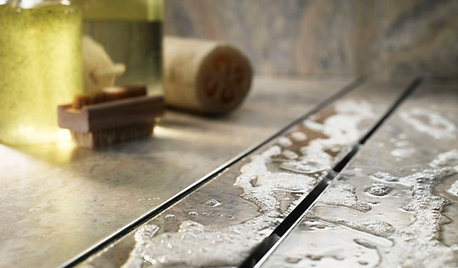
HOUSEKEEPING12 Cleaning Projects That Go a Little Deeper — Naturally
Eucalyptus oil for germy door handles. Baking soda for oven grime. Here are nontoxic solutions for often-overlooked cleaning jobs
Full Story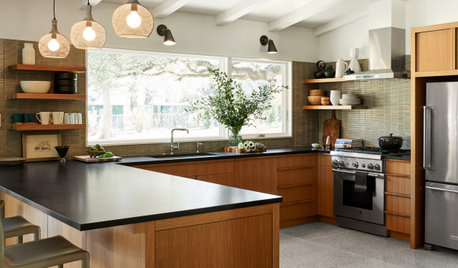
KITCHEN LAYOUTSHow to Plan the Perfect U-Shaped Kitchen
Get the most out of this flexible layout, which works for many room shapes and sizes
Full Story
KITCHEN DESIGNHouzz Call: Tell Us About Your First Kitchen
Great or godforsaken? Ragtag or refined? We want to hear about your younger self’s cooking space
Full Story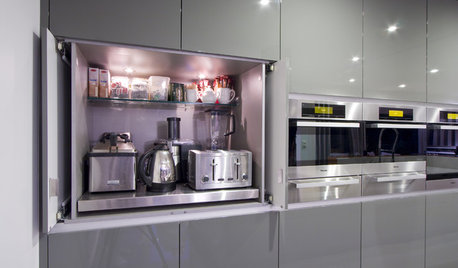
KITCHEN DESIGNThe Best Places to Stash Small Kitchen Appliances
Tucked-away places like nooks, pantries and dedicated cabinets keep your kitchen gadgets handy but out of the way
Full Story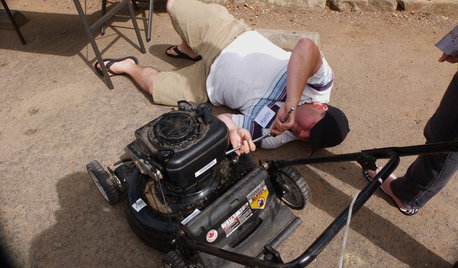
EVENTSDon't Throw Away Another Household Item Before Reading This
Repair Cafe events around the world enlist savvy volunteers to fix broken lamps, bicycles, electronics, small appliances, clothing and more
Full Story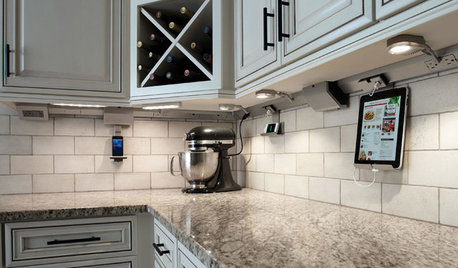
KITCHEN DESIGN7 Awesome Add-ons for Kitchen Cabinets
Useful gadgets, docks for your devices, extra lighting ... when it comes to cabinets, do look down
Full Story








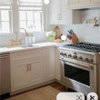
brickeyee